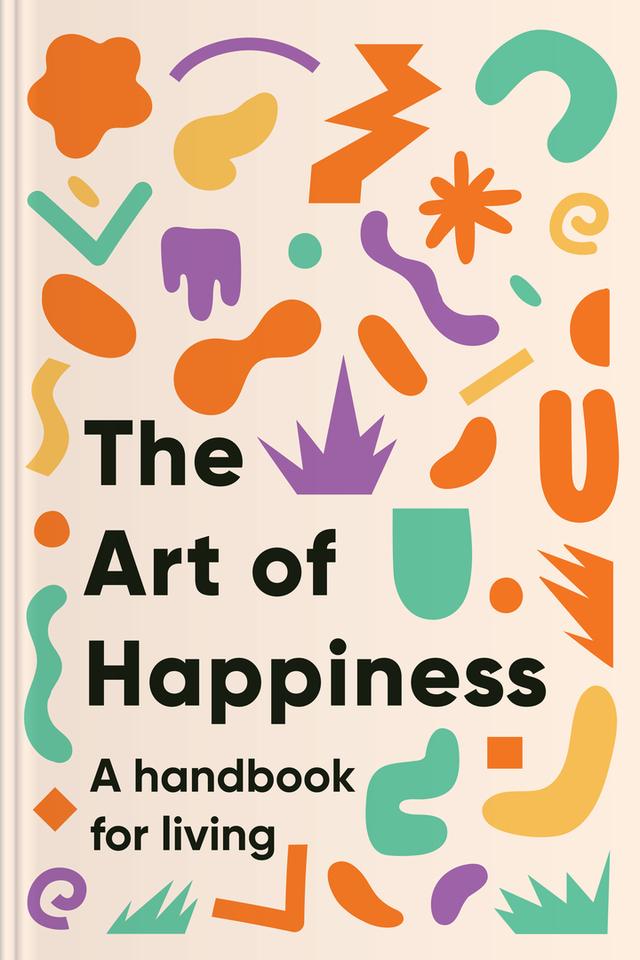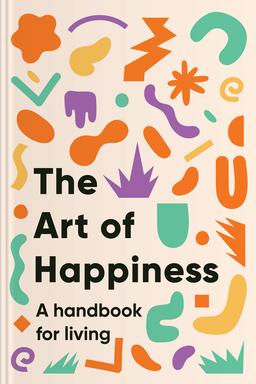You’ll learn
- The difference between happy and unhappy people
- How to nurture intimacy
- About the importance of compassion
- Why we should accept suffering
- Tricks to fight anxiety
russia has launched a full-scale war in Ukraine. Donate to support Ukraine and protect the world’s peace.

first KEY POINT
Happiness is a mutual goal for humans, regardless of religion. It can be achieved through training the mind; this includes identifying the habits or things that cause sadness and reducing them whilst cultivating those that bring happiness. Happiness is not a self-centered goal; in fact, happy people are more sociable, effectively spreading the happiness around, unlike unhappy people who brood and sulk. Happy people are also more forgiving and loving.
They are more likely to lend a helping hand to a stranger and they are better at relating with people. A motorist is more likely to let another get in front of him if the traffic jam finally eases up and is no longer stuck. A good mood equals a good person. But where does happiness come from? And how do we get it?The path to happiness is one that involves learning to identify negative and positive emotions and their respective effects on our minds. After which, you must commit to a willful cultivation of a kind and compassionate mindset, this way, you are psychologically healthy which translates to a state of happiness. It is often thought that at our core, we are selfish and aggressive but in truth, we are innately compassionate and kind.
If ever you feel unsure about how to interact with people due to their mean or violent demeanor, remember that as humans, we have at our core, the need to be gentle, compassionate, and kind. Once you remember that, you’ll find it much easier to see past their actions. The author claims that although violence and aggression are real emotions, they do not stem from our innate instincts. Instead, they are a product of intelligence, a need to survive as we evolved. Anger and aggression are a response to danger or threat; you must approach people armed with the knowledge that their outbursts aren’t their fault but the result of frustration or sensed danger. A better understanding of people and why they feel these dark emotions will make it easier to interact with them without stirring up further frustration.
second KEY POINT
As humans, we tend to feel lonely because we expect a certain level of openness and warmth before we show it to them. Loneliness, according to The Dalai Lama, is a product of our negligence of the importance of the many people we come across. The Dalai Lama believes that to fight loneliness is to approach people from the standpoint of openness and warmth, even if they turn down your offer of a gentle exchange, you leave the scene feeling no regret because you acted in your good nature. We are all interdependent; each one of us is part of a large wheel that runs perpetually; if you can recognize this system and yours and everyone else’s place in it, you will move a step closer to feeling less lonely.

Continue reading with Headway app
Continue readingfirst KEY POINT
second KEY POINT
third KEY POINT
fourth KEY POINT
fifth KEY POINT